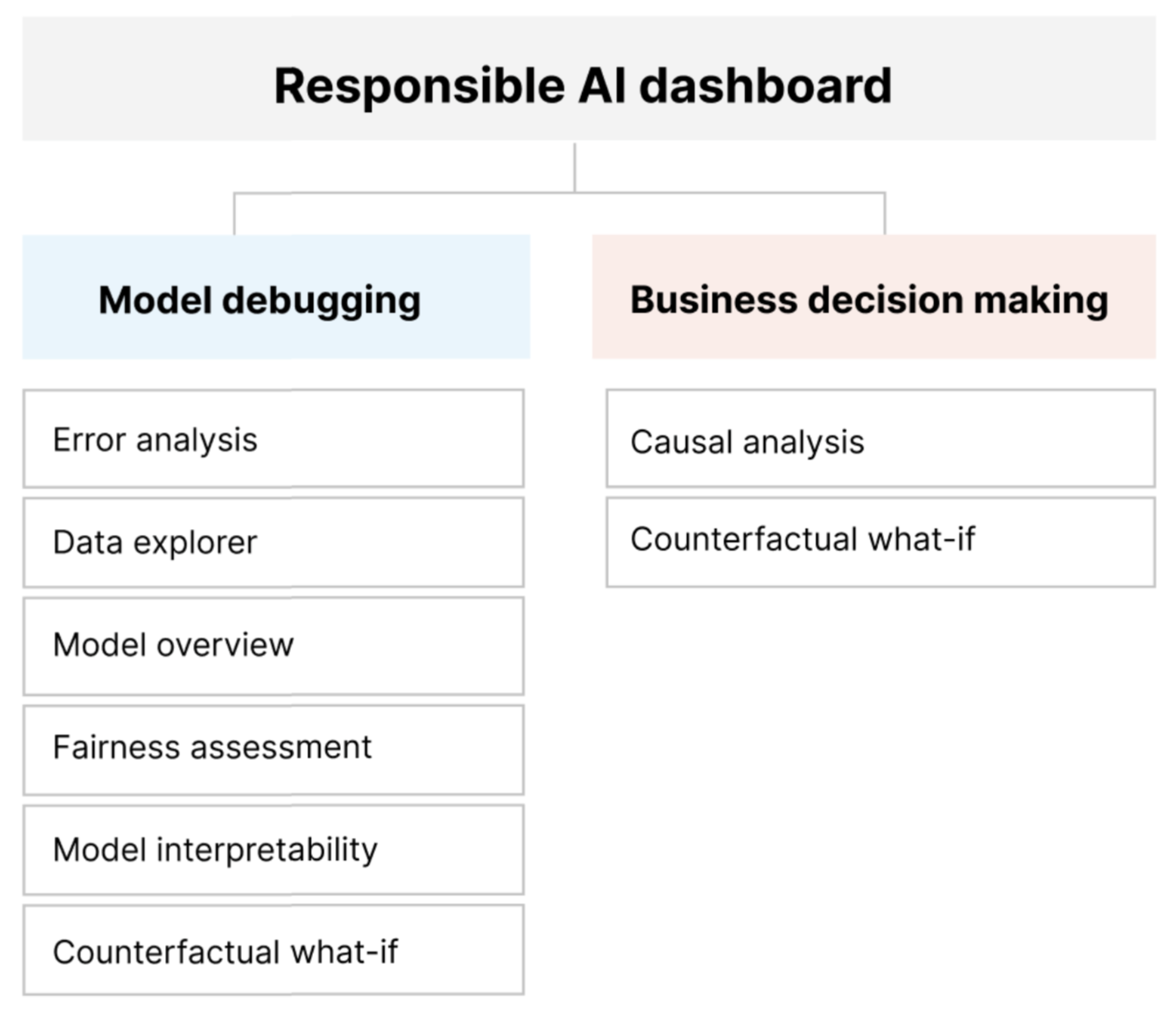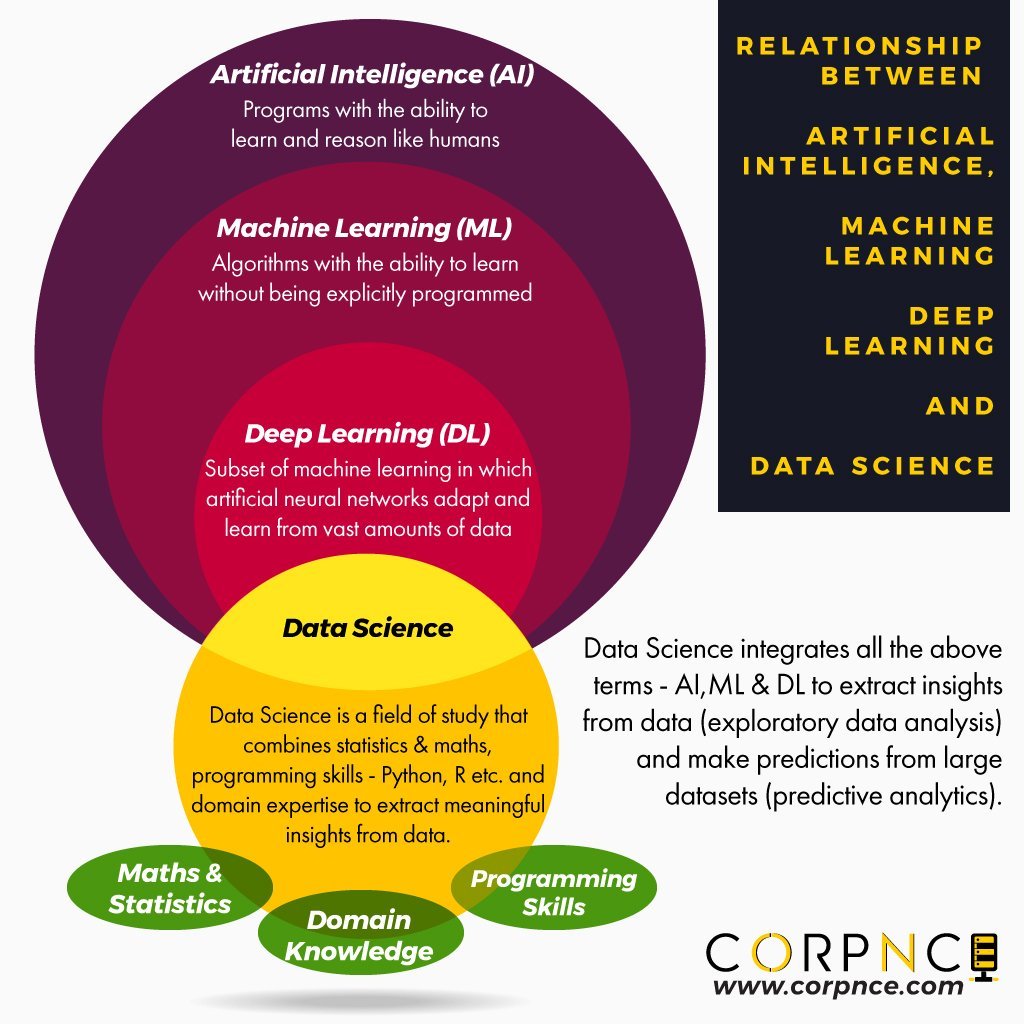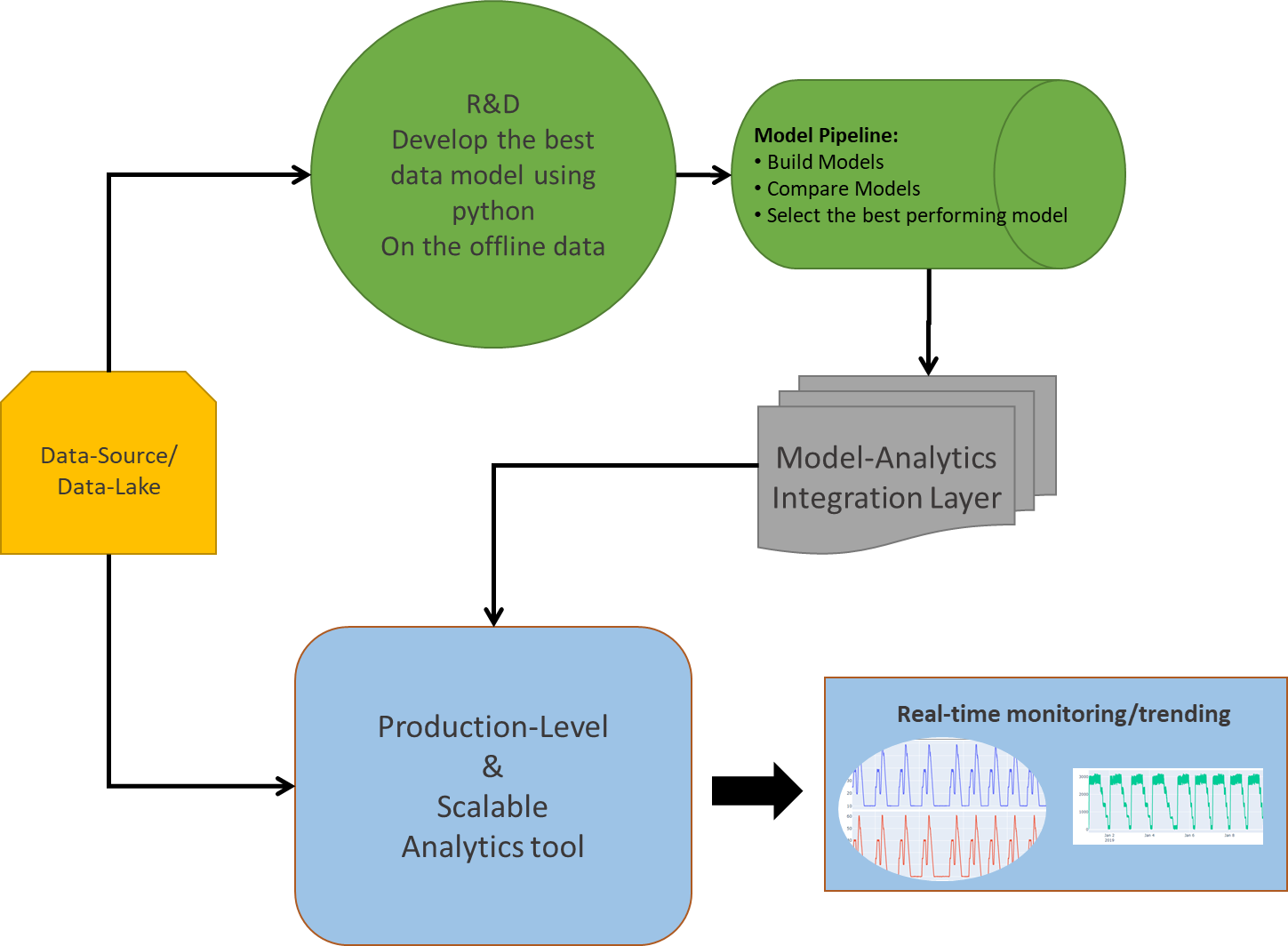Machine Learning Misjudgments: Debugging AI and ML Models

Executive Summary

Machine learning (ML) and artificial intelligence (AI) models have revolutionized various industries, enhancing decision-making and driving automation. However, these models are not immune to errors and misjudgments, which can lead to significant consequences. This article delves into the challenges associated with ML/AI model debugging and provides practical strategies for resolving these issues. By understanding the root causes and implementing robust debugging techniques, organizations can ensure the reliability and accuracy of their ML/AI systems.

Introduction
Machine learning and artificial intelligence have become ubiquitous in modern society, powering applications from facial recognition to self-driving cars. These models are trained on massive datasets, identifying patterns and learning from past experiences to make predictions or decisions. However, the complexity and opacity of these models often lead to errors and misjudgments, highlighting the critical need for effective debugging techniques.
FAQs
Q: Why do ML/AI models make mistakes?
A: ML/AI models are trained on data, and if the data is biased or incorrect, the model will learn those biases and make inaccurate predictions. Additionally, models can be overfitted to the training data, meaning they perform well on the training set but poorly on new data.
Q: How can I identify errors and misjudgments in ML/AI models?
A: Monitor model performance on a held-out test set. Look for unexpected predictions or changes in performance over time. Use explainability methods to understand why the model makes certain decisions.
Q: What are some common debugging techniques for ML/AI models?
A: Divide the problem into smaller parts, isolate the source of the error, use visualization tools to analyze model behavior, and try different algorithms or hyperparameter settings.
Subtopics
1. Data Quality
- Importance: Poor data quality can lead to biased or inaccurate models.
- Key Points:
- Ensure data is clean and free from errors.
- Verify data distribution matches the intended use case.
- Handle missing and outlier data appropriately.
2. Model Overfitting
- Importance: Overfitting occurs when models learn too closely to the training data, sacrificing generalization performance.
- Key Points:
- Use regularization techniques to prevent overfitting.
- Monitor model performance on a validation set.
- Consider ensemble methods that combine multiple models.
3. Feature Engineering
- Importance: Features are the inputs used to train models. Poor feature selection or engineering can lead to poor model performance.
- Key Points:
- Identify relevant features that capture the underlying data patterns.
- Explore transformation techniques to improve data distribution.
- Remove redundant or highly correlated features.
4. Model Complexity
- Importance: Excessively complex models can be difficult to interpret and may lead to overfitting.
- Key Points:
- Start with simpler models and gradually increase complexity.
- Use automated feature selection techniques to avoid unnecessary complexity.
- Explore interpretable models to understand model behavior.
5. Model Evaluation
- Importance: Robust model evaluation is essential to assess model performance accurately.
- Key Points:
- Use multiple evaluation metrics to capture different aspects of model performance.
- Utilize cross-validation techniques to avoid biased evaluations.
- Monitor model performance over time and make adjustments as needed.
Conclusion
Debugging ML/AI models requires a systematic and rigorous approach. By understanding the common challenges associated with data quality, model overfitting, feature engineering, model complexity, and model evaluation, organizations can effectively identify and resolve errors and misjudgments. Embracing these debugging techniques will lead to more reliable and accurate ML/AI systems, ultimately enhancing decision-making and driving business value.
Keyword Tags
- Machine Learning Debugging
- AI Model Debugging
- ML Misjudgments
- Data Quality
- Model Overfitting
